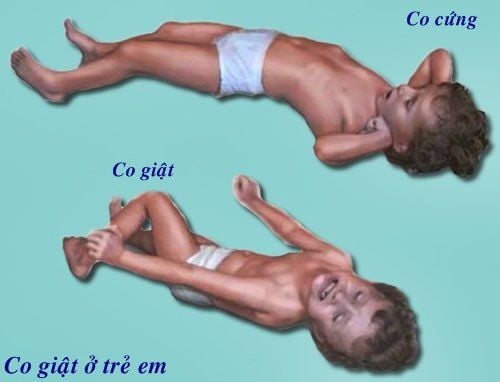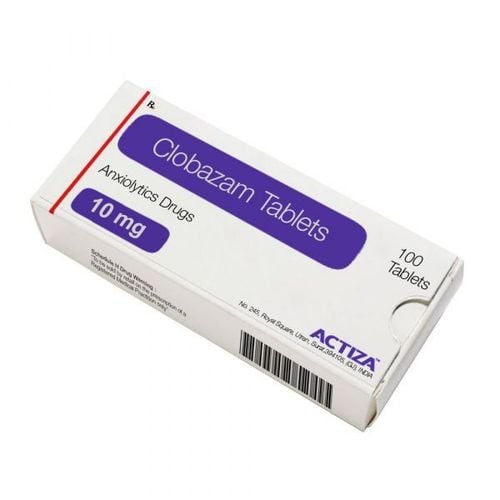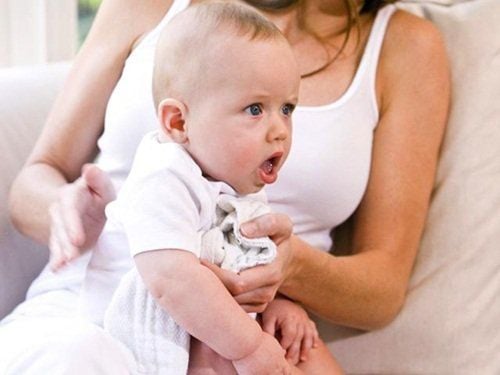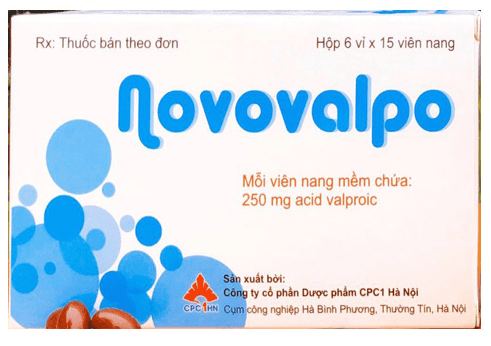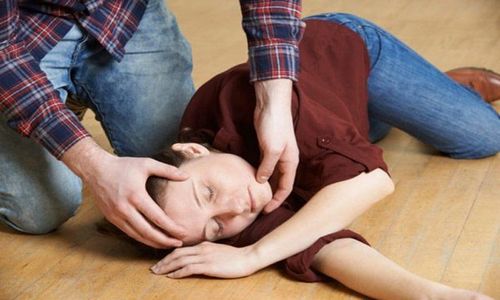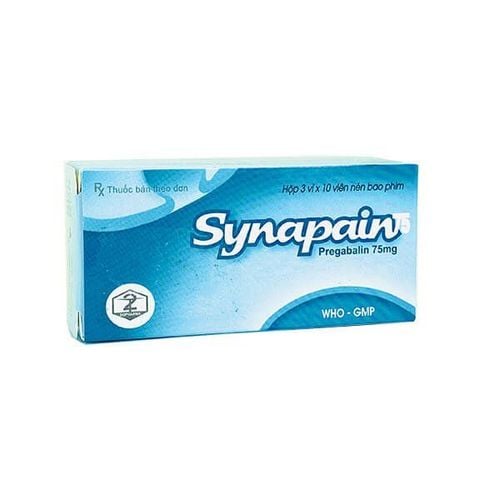This is an automatically translated article.
Convulsions in young children can cause serious complications to the child's current health and future development. In the clinical management of pediatric convulsions, clinicians should be quick and prudent with the principles of preventing cerebral hypoxia, stopping seizures, and treating the underlying cause of the seizures.
1. What is a pediatric convulsion?
Seizure is a state of temporary disturbance of consciousness, movement, sensation, and autonomic nerves caused by sudden excessive discharge of some neurons. Seizures usually occur during the first two years of a child's life, with an estimated 5% of children under the age of 5 having at least one seizure. After the first seizure, about 30-50% of children have repeated seizures, which are signs of epilepsy.
There are many possible causes of seizures in young children such as:
1.1. Convulsions in children due to diseases affecting the nervous system
Infections of the nervous system causing encephalitis, meningitis, brain abscess,... Traumatic brain injury: seizures in children can occur immediately or occur several years after the injury. Obstetric trauma and cerebral hypoxia account for 70% of neonatal seizures. Children with intracranial masses such as brain tumors, hematomas,... Congenital defects due to lack of oxygen in the fetal brain, mothers infected with viruses in the first 4 months of pregnancy,... Convulsions in children due to occlusion cerebrovascular disease caused by infective endocarditis, congenital heart disease, cerebral infarction,... Degenerative diseases of white matter, gray matter; ectodermal dysplasia...
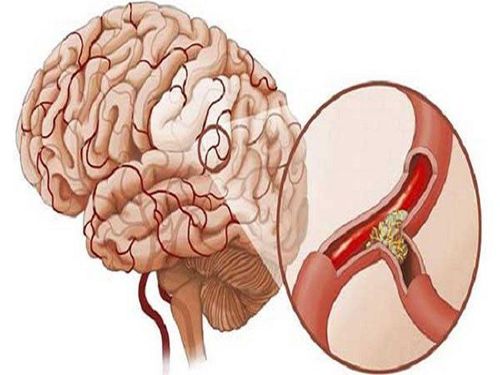
Nhồi máu não gây co giật ở trẻ
1.2. Convulsions in children due to metabolic disorders
GM2 gangliosidosis (Tay-Sachs): children with dementia, vision loss, growth retardation from 3 months with convulsions. Rett syndrome: at birth, the child develops normally, from the 6th month onwards, the child's head circumference does not develop, does not develop mentally as well as motor, with convulsions. Phenylketonuria: is an inherited genetic disease caused by recessive genes, due to the child's body lacking the enzyme phenylalanine 4-hydroxylase, the child has jaundice, mental retardation, and partial convulsions. Leucine infection: is a recessive genetic disease that disrupts the decarburization process for amino acid metabolism. Convulsions in young children can also be caused by other metabolic disorders such as hypocalcemia, hypomagnesemia, hyponatremia or hypernatremia, vitamin B6 deficiency; due to poisoning camphor, strychnin, ...
1.3. Seizures in children caused by encephalopathy due to high blood pressure
Children with high blood pressure due to diseases such as pheochromocytoma, glomerulonephritis, coarctation of the aorta, renal artery malformation,... High blood pressure causes headaches, vomiting, dizziness, ...with convulsions in children, this is called hypertensive encephalopathy group.
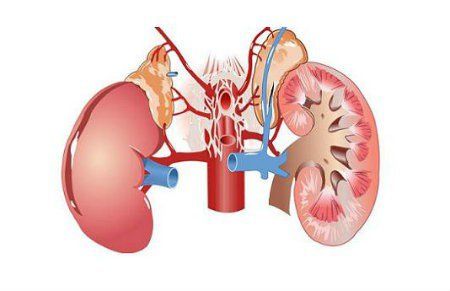
Trẻ có thể bị cao huyết áp kèm co giật
1.4. Convulsions in children due to high fever
Febrile seizures in young children are convulsions that occur during an acute febrile illness. There are three types of febrile convulsions in children: Simple febrile convulsion, this is a benign form of convulsion in infants and children. Seizures occur when the body temperature is younger than 39 degrees, the convulsion pattern is diffuse, the convulsion time is short, less than 10-15 minutes, the number of seizures is small. The child and family had no history of neurological disease, the EEG results were normal, and the cerebrospinal fluid tests were normal. Benign convulsions in infants and children leave no sequelae in more than 90% of cases. Complex febrile convulsions: the body temperature at the time of the seizure may be lower than 39 degrees, the seizure pattern may be diffuse, local, or Todd's paralysis. Myoclonic seizures last more than 15 minutes. The number of seizures is more than 5, the child or family has a history of epilepsy. Neurological examination, abnormal EEG, and cerebrospinal fluid test showed pathological results. Children with high fever have complex convulsions, 2-7% of children may grow up to have epilepsy and intellectual impairment. Febrile status epilepticus: convulsions in children lasting more than 30 minutes or repeated consecutive episodes, seriously affecting the child's consciousness and life.
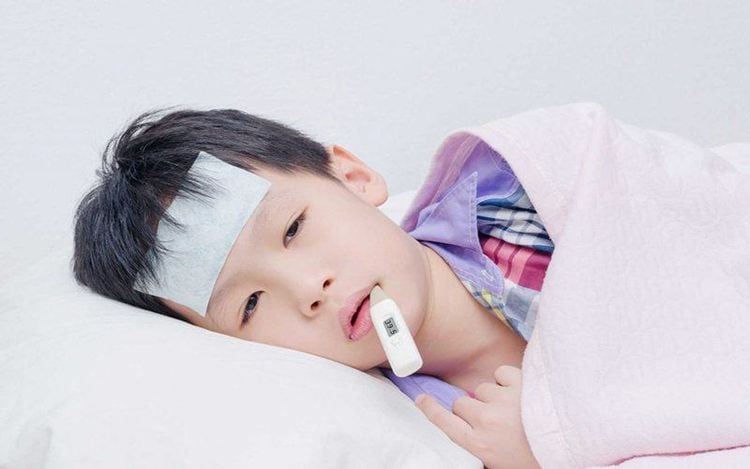
Sốt cao là nguyên nhân gây co giật phổ biến ở trẻ
1.5. Seizures in children due to epilepsy
Epilepsy can be the result of the above diseases or disorders or is an idiopathic disease of unknown cause. Epilepsy is a collection of epileptic seizures characterized by recurrent, morphological attacks, sudden and short-lived seizures, with neurological dysfunction, on the electroencephalogram with paroxysmal wave.
2. How dangerous is a child's convulsion?
Brain hypoxia: this is a dangerous and common complication in seizures. Convulsions in young children can cause apnea, rapid deep breathing, Cheyne-Stokes breathing, increased oropharyngeal secretions,... In addition, children can breathe in gastric juices, causing lung damage, which can also lead to convulsions. may aggravate hypoxia in cellular and brain tissues. Acidosis is caused by increased lactic acid from anaerobic metabolism, increasing muscle activity and thereby increasing the risk of nerve cell damage. However, as soon as convulsions cease, this condition is resolved through renal metabolism and pulmonary compensation. Hyperthermia due to hypothalamic disorders or as a result of ongoing convulsions. Increased muscle breakdown increases blood potassium thereby increasing the risk of cardiac arrhythmias. Changes in blood pressure: In the early stages of a seizure, blood pressure rises due to an increase in catecholamines, but then decreases in blood pressure causing decreased blood flow to the brain, which can lead to brain cell death and permanent neurological sequelae. Trauma: Convulsions in children can cause children to fall when having an attack, causing soft tissue injuries, dislocations,...
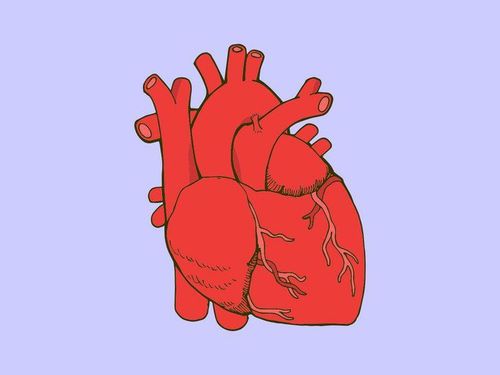
Thiếu oxy lên não là biến chứng nguy hiểm khi trẻ bị co giật
3. Features to keep in mind when clinical management of convulsions in children
During the clinical management of convulsions in children, emergency physicians will pay special attention to the following characteristics:
Approach to diagnosis
As soon as convulsions are received, the doctor will quickly Preliminary assessment of vital functions and performing basic first aid steps of resuscitation, in order to ensure that brain and other vital functions are not damaged during history taking as well as clinical examination.
Taking the history
Taking the history plays a very important role in diagnosing the disease, in pediatric seizures, the factors doctors will be interested in exploiting are:
The child has fever, diarrhea, stops eating or not eating. are not? The nature of the child's seizures is general, local or local, how long the seizure lasts, the number of recurrent seizures over time. Child's medical history: Has the child had previous febrile convulsions, epilepsy, metabolic disorders, head injury or toxic exposure? How is the psychomotor development of children? Ask the person directly caring for the child, has the child ever had a seizure? Clinical examination
Features to note when examining a child for convulsions are:
Check the child's consciousness to see if the child is awake or unconscious Check the child's vital signs such as pulse, blood pressure, body temperature, breathing rate, SaO2 Examination to detect trauma-related skin lesions Examine to detect signs of anemia in children with severe malaria or meningococcal hemorrhage Examine for meningoencephalitis: the child has signs of stiff neck, fontanelles puff or not? In addition, check for focal neurological signs, signs of dehydration, comprehensive examination of otolaryngology,...
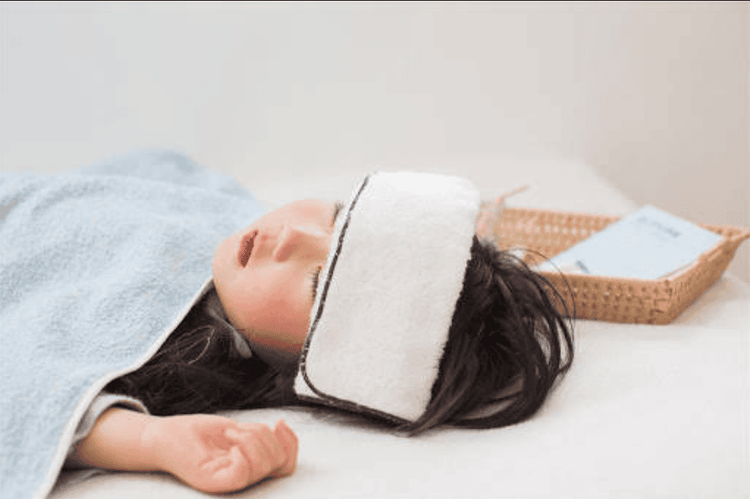
Khi xử trí lâm sàng co giật ở trẻ cần thăm khám lâm sàng như xem trẻ tỉnh hay mê
Laboratory tests to be performed
Tests to be performed to diagnose the disease include: blood count test, test for malaria parasites, blood sugar, dextrostix, ionogram. Lumbar puncture when clinical signs of meningitis are suspected, spinal fluid is used to perform biochemical, cytological, bacteriological, Latex, IgM, or serological tests for encephalitis. Electroencephalogram: to accurately diagnose epilepsy in order to choose the right treatment drug. EEG is indicated for high-risk children and when children have recurrent seizures that can lead to epilepsy. Brain echo through the fontanel. Perform a brain CT scan if the child is suspected of having a hematoma, brain tumor, or brain abscess but cannot do transfocal ultrasound or ultrasound with M-echo deviation. Indication of chest X-ray, blood culture, stool culture, nasopharyngeal microbiological test if necessary. Clinical management of convulsions in children
Prolonged or recurrent seizures will cause very serious consequences. May immediately cause brain hypoxia due to respiratory muscle spasms causing apnea, increased secretion of mucus, falls during convulsions. The long-term consequences will slow down mental and motor development, becoming a burden to the family and society. Therefore, when clinical management of convulsions in children, it is necessary to pay attention to the general principles as follows:
Prevention of cerebral hypoxia: put the child on the side, head back, suction viscous sputum, give the child oxygen,... Stop the seizure convulsions with drugs Diazepam, Midazolam, Phenobarbital,... with appropriate doses. Prepare a balloon and a breathing mask to prevent the child from stopping breathing while administering the drug, especially when administering a rapid pulse. Treatment of causes of convulsions in children: based on clinical examination and paraclinical results, doctors diagnose the cause of convulsions in children and treat them according to an appropriate regimen. Counsel the family about caring for a child with a seizure to prevent recurrence.
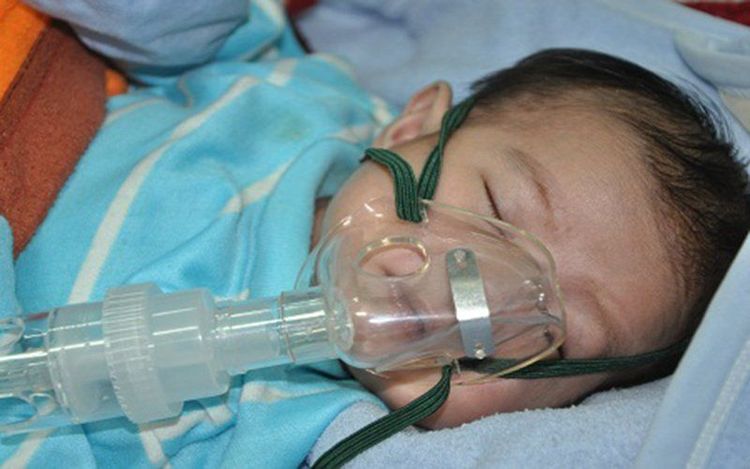
Cần cho trẻ thở oxy phòng ngừa thiếu oxy não
For children with febrile convulsions, although most cases are benign convulsions in infants and young children, if they have occurred, they are very likely to return. Therefore, families with young children should have fever-reducing medicine available at home, giving them fever-reducing medicine when the child has a fever of 38 degrees. When the child has had a convulsion, pay attention to the child to lower the fever early, take the child to a medical facility for treatment. In order to prevent purulent meningitis, encephalitis can cause brain damage, cause seizures, parents need to pay attention to taking care of their children, avoiding mosquito bites, and taking their children to have all the vaccinations. Vaccination under the Expanded Immunization Program and some vaccinations recommended under the Immunization Service Program.
Vinmec International General Hospital is the address for examination, treatment, prevention, and full vaccination of vaccines. When performing the examination process at Vinmec, customers will be welcomed and used modern facilities and equipment along with perfect medical services under the guidance and advice of experts. Good doctors, well-trained both at home and abroad.
Customers can directly go to Vinmec Health system nationwide to visit or contact the hotline here for support.




